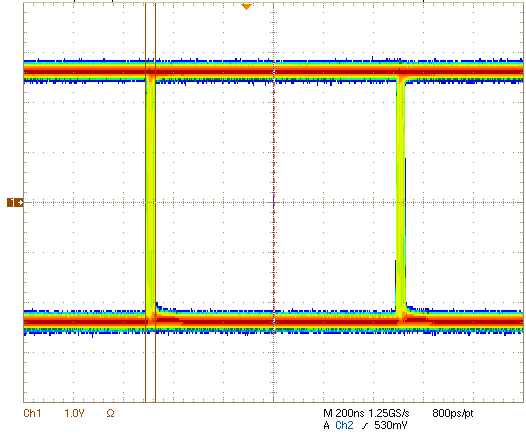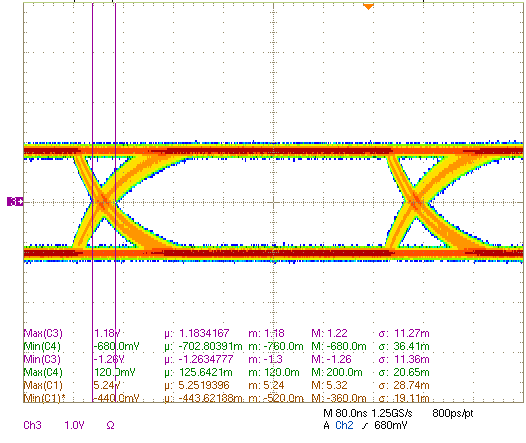Other Parts Discussed in Thread: SN65HVD54, THVD1550
Hi
We are looking for full-duplex RS-485 driver and receivers meeting following requirement.
Bit rate : 2.5Mbps
Length : 300m
Connection : 1 : 1
We are considering SN65HVD3086E and SN65HVD54.
I think SN65HVD54 seems to be tough for the requirement due to its propagation delay, but SN65HVD3086E would be good.
What do you think which one is proper? Could you please tell us your view?
BestRegards







